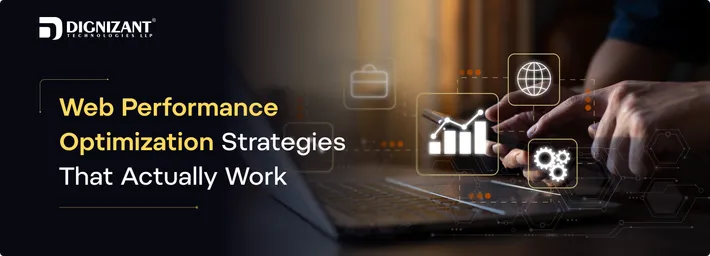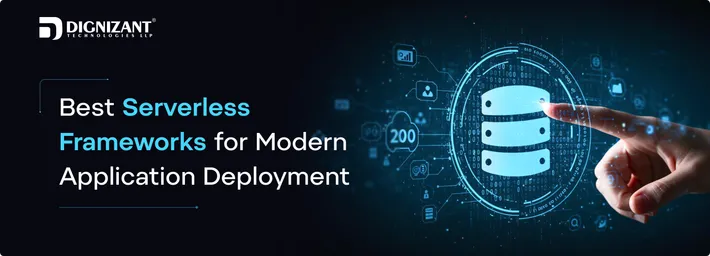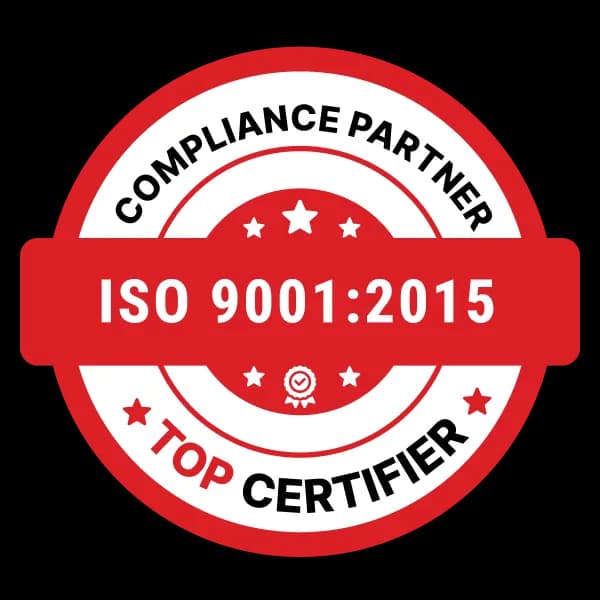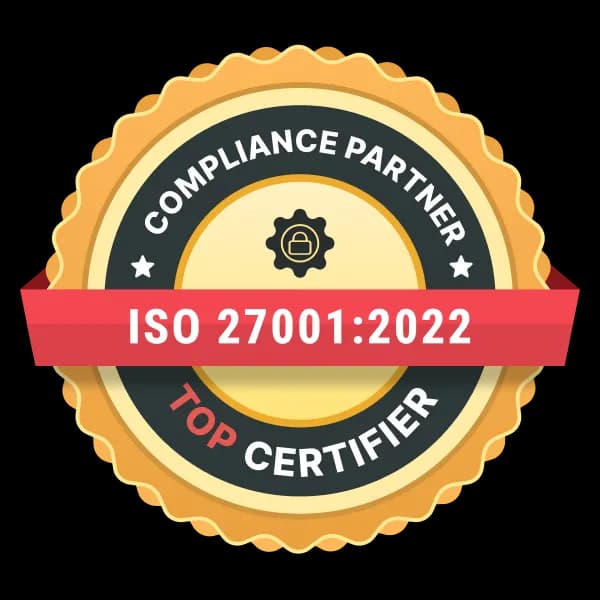MVP Development Roadmap: From Concept to Scalable Product

Contributor
Palash Pandya
Uploaded
19 July, 2025
Read Time
6 Minutes
In today’s competitive startup environment, the race isn’t to market with a product, it’s to market with the right product quickly. This is where MVP development arrives into play. An MVP is not a half-assed idea, it’s a tactical version of your product that allows you to test expectations, secure early adopters and build a foundation for scalable success.
In this post, we explore a detailed MVP development process roadmap from idea inception to scaling it as a market-ready product. Whether you are a founder, product manager or a digital entrepreneur, this playbook will give you both the clarity and confidence to build smarter.
What Is an MVP?
A Minimum Viable Product (MVP) is a simplified version of your providing with enough key features to fulfill early users who also provide crucial feedback. An MVP is not about being ideal, but rather about validated learning. Before offering time and resources to full-scale development, it enables teams to grasp how users interact with a product.
Rather than spending months or years working on a product that might never identify its market, MVP development allows you to test your goals, to pivot faster and to mitigate risks.
1. Ideation and Problem Identification
The key to a successful MVP is finding a clearly defined and relevant problem to solve. Without a strong problem-solution fit your potentially awesome idea could fall flat.
a) Find the Core Problem
Start by discovering real-life problems of a subset of potential users. Connect online communities, investigate reviews and interview potential users to learn about pain. A good MVP doesn’t solve all of the problems at once, it solves one well.
b) Validate the Problem
Validation means seeing if the problem is severe enough in terms of people wanting a solution or willing to pay for one. Interview people or ask them to complete a survey looking for patterns in complaints or frustrations.
2. Define the Target Audience
Knowing who your audience is absolutely key when it comes to MVP. A good MVP is targeted to a set of users, who can take and test out your product early and then give you some useful feedback.
a) Build User Personas
Make two or three thorough user personas that reflect your ideal clients. Add information like your age, profession, goals, habits, difficulties and selected technology. For instance, a time-tracking tool might objective remote-working freelance designers among the ages of 25 and 35.
b) Understand Their Needs
What characteristics of a product are most desirable to those users? Do they require a basic interface or are they tech-savvy? What drives them? Your MVP's functions and user experience will be shaped by your understanding of these needs.
3. Establish a Clear Value Proposition
Your MVP's value proposition is its central component. This is the special advantage your product provides to its users and it needs to be obvious and appealing.
a) Articulate the Offering
Frame your value proposition with the following equation:
“We help [target users] fix [problem] using [solution].”
Example: “When small business owners track expenses instantly with an intuitive and mobile-first app.”
b) Test with Real Users
Before you build, present your value proposition to prospective users to judge if they are interested. If it doesn’t make people curious or excited, you may require to refine the problem or the approach.
4. Design the User Flow
A streamlined experience based on an intuitive user journey. Plan out how users will interact with the MVP step-by-step rather than immediately concentrating on UI/UX design.
a) Define the Main User Journey
Start from the initial interaction when someone opens your app or descends on your homepage. Determine what the user sees, what they do and the intended result. An MVP for food delivery could look like this:
Launch the app, enter your location, find restaurants, place your order and then get a payment confirmation.
b) Eliminate Friction
Make sure that each stage of the user journey has a function and reduces resistance. Simplicity is important because early adopters won't put up with complex layouts or too many clicks.
5. Prioritize Core Features
MVP must concentrate on those features which are absolutely necessary to solve the core problem. Creating too much too soon causes needless slowdowns and complexity.
a) Use Feature Prioritization Techniques
Use a framework like the MoSCoW method (Must-have, Should-have, Could-have, Won’t-have) or the Eisenhower Matrix to sort functions. Only required to haves should be in the MVP.
b) Focus on Impact and Feasibility
Select simple to implement, but high value features. A ride-sharing MVP, for instance, only requires GPS tracking, user registration and ride requests.
6. Build a Prototype Before Development
It is helpful to design a clickable prototype, so you can walk through the flow and see how the app works before developing.
a) Developing Low-Fidelity and High-Fidelity Prototypes
Design a mock up you can start with a mock up, which you can create using wireframing tools like Figma or Balsamiq. Take them back to stakeholders and user test to spot any usability issues.
b) Iterate Based on Feedback
Collect feedback on structure, usability and functionality. Make changes early on, when fixing design flaws is quicker and less expensive.
7. Choose the Right Tech Stack
A MVP doesn’t have to be able to manage millions of users from day 1, but it should be reliable and scalable. Select technologies that allow for future expansion while facilitating quick development.
a) Frontend and Backend Options
Some popular frontend frameworks are React, Vue.js or Flutter (for mobile). For the backend, Node.js, Django or Laravel, are good choices for building speedy and stable MVPs.
b) Database and Hosting
Select databases such as Firebase, PostgreSQL or MongoDB. Hosting platforms like Heroku, AWS or Vercel will enable you to deploy quickly keeping scalability in mind.
8. Launch, Measure and Collect Feedback
Now that you have your MVP created and validated, it’s time to actually launch it to a small number of early adopters. This phase of launch is not about scaling, but about learning. Leverage the use of analytics tools such as Google Analytics or Mixpapnel to track user behavior. Put out surveys, gather feedback from users, conduct interviews to identify what is working, what’s confusing and what requires enhancement. Pay attention to those actionable insights where users drop-off, which features are most popular and which problems are still unsolved.
9. Iterate, Improve and Prepare to Scale
Once you have your MVP built and tested, you need to launch to a select group of early adopters. This form of launching is so crucial not as a path to scale but as a process of learning. Track user behavior with analytics tools such as Google Analytics, Mixpanel, etc. Run some surveys, gather user feedback and do some interviews to see what’s working, what’s confusing and what can be improved. Concentration on actionable insights about where users attrition, how features are used and what unattended needs still exist.
Common MVP Mistakes to Avoid
Overbuilding: It’s a waste of time and money to build a product all at once.
Dismissing feedback: Users are your best source of truth. Listen carefully.
Picking the Wrong Metrics: Vanity metrics (signups, etc) are worthless if users don’t engage.
User tests are gone: Even a simple usability test could catch some big mistakes.
Your MVP remains effective and lean by avoiding these mistakes.
Conclusion
Providing the greatest value with low effort is the goal of MVP development, not creating a minimal product. With a research-driven systematic approach, you minimize risk, maximize learning and become better about putting your product in front of real users faster.
And no matter if you’re incrementally building a startup or trying out a new feature in an established business, MVP development enables you to test your ideas, discover your audience and write solutions that are designed to scale. Collaborating with professional MVP software development services can make this journey a bit more streamlined, providing the technical expertise and agile techniques to help transition from idea to scale with confidence.
Latest Articles

Unsure if Python suits your project? Explore the advantages and disadvantages of Python to see if it’s the right choice for your needs.

A practical guide to web performance optimization strategies that enhance speed, stability, and user satisfaction in real-world scenarios.

Deploy modern apps faster with top serverless frameworks. Compare features, DX, scaling, cost controls, and CI/CD fit for production-ready releases.
FAQs
Ready to Take Your Business to the Next Level?
Unlock new opportunities with expert solutions designed to elevate your brand. From strategy to execution, we empower your business with the tools, technology and talent it needs to thrive in today’s digital world.




